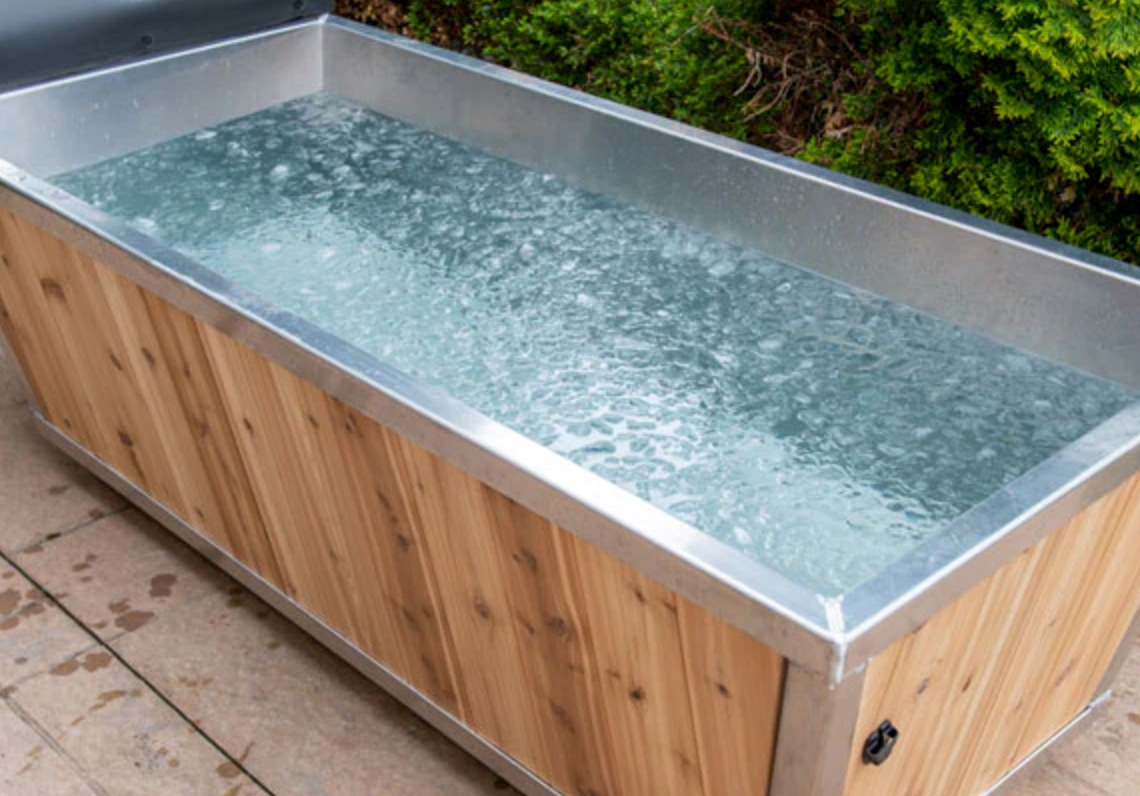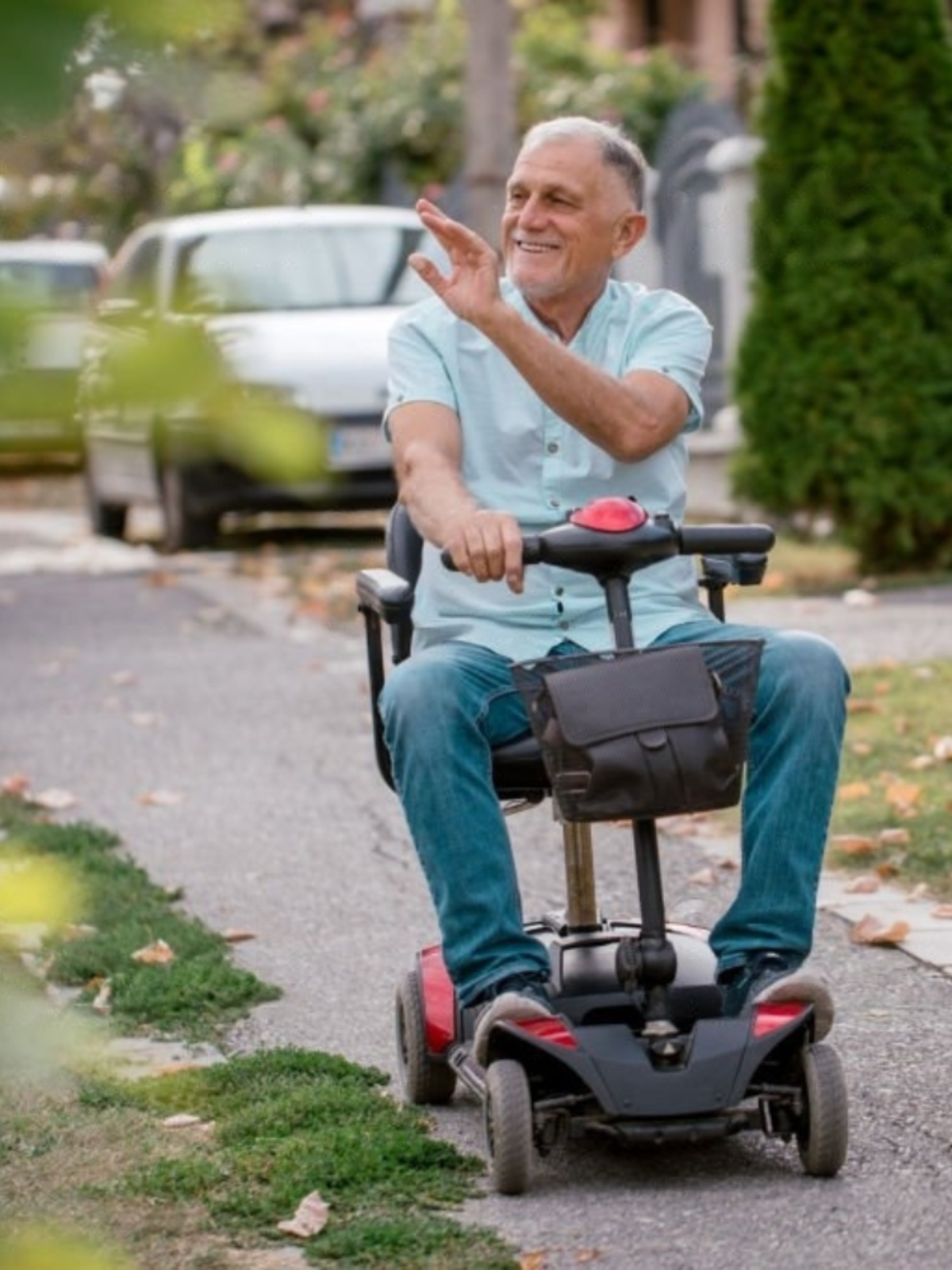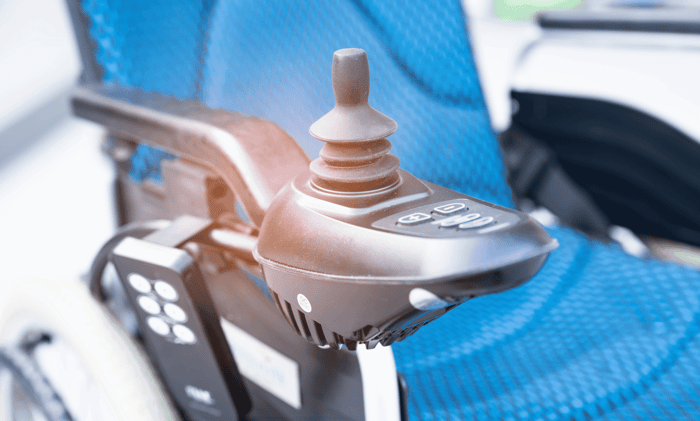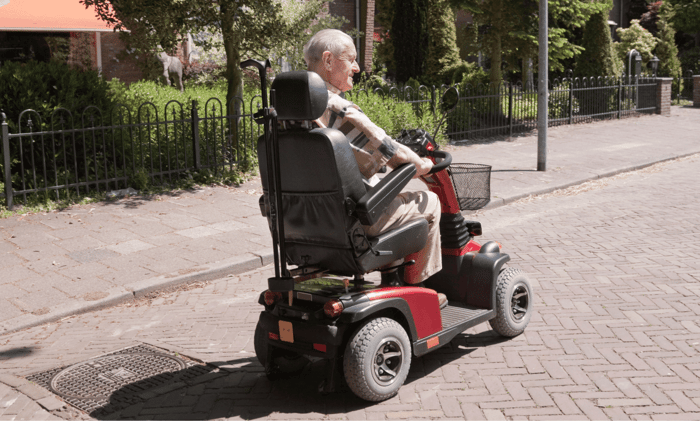
Have you ever wondered about the incredible technology that powers wheelchairs? If you have, you're in the right place. Today, we're going to take a deep dive into the world of power wheelchairs. We'll explore their history, the technology behind them, and how they've transformed the lives of millions of people around the world. So, buckle up and get ready for an exciting journey!
Power wheelchairs, also known as electric wheelchairs, have been a game-changer in the world of mobility aids. They've given people with mobility impairments a new lease on life, allowing them to navigate their world with ease and independence. But how did they come about? And what makes them tick? Let's find out.
The History of Power Wheelchairs
The story of power wheelchairs is a testament to human ingenuity and the relentless pursuit of better living conditions for all. The first electric wheelchair was invented in the early 20th century, but it wasn't until after World War II that they became more widely available. Why? Because the war left many veterans with mobility impairments, and there was a pressing need for better mobility solutions.
The first power wheelchairs were bulky and hard to maneuver, but they were a significant improvement over manual wheelchairs. Over the years, advancements in technology have led to the development of lighter, more efficient, and more user-friendly power wheelchairs. Today, they come in a variety of designs and models, each tailored to meet specific needs and preferences.
The Technology Behind Power Wheelchairs
Power wheelchairs are marvels of modern engineering. They're powered by rechargeable batteries and are typically controlled using a joystick or similar device. But there's a lot more to them than meets the eye. Let's take a closer look at some of the key components that make these incredible machines work.
Firstly, the heart of any power wheelchair is its motor. This is what propels the wheelchair forward, backward, and around corners. The motor is connected to the wheels via a series of gears, which allow for precise control over speed and direction.
Secondly, the batteries. Power wheelchairs use rechargeable batteries, which provide the energy needed to drive the motor. These batteries are designed to be long-lasting and efficient, ensuring that users can go about their day without worrying about running out of power.
Lastly, the control system. This is where the user interacts with the wheelchair. Most power wheelchairs use a joystick for control, but other options are available for people who may have difficulty using a joystick. These include sip-and-puff systems, head controls, and even eye-tracking technology.
The Impact of Power Wheelchairs
The impact of power wheelchairs on the lives of people with mobility impairments cannot be overstated. They've opened up a world of possibilities, enabling people to live more independently and participate more fully in society.
Power wheelchairs have also had a profound impact on the mental health of users. Being able to move around independently can significantly improve a person's self-esteem and overall sense of well-being. It's not just about physical mobility; it's about personal freedom and autonomy.
Moreover, power wheelchairs have been instrumental in breaking down barriers and challenging societal perceptions of disability. They've shown that having a mobility impairment doesn't mean being confined to a life of limited opportunities. With the right tools and support, anything is possible.
Power Wheelchair vs. Motorized Wheelchair: What's the Difference?

You might have heard the terms "power wheelchair" and "motorized wheelchair" used interchangeably. But is there a difference between the two? Well, in essence, there isn't. Both terms refer to wheelchairs that are powered by a motor and a rechargeable battery, as opposed to manual wheelchairs that require physical strength to move.
The term "power wheelchair" is often used in a clinical or medical context, while "motorized wheelchair" is more commonly used in everyday conversation. Regardless of the terminology, the important thing is that these devices provide a vital service for those who need them, enabling greater mobility and independence.
The Range of a Power Wheelchair: How Far Can It Go?
One of the most common questions about power wheelchairs is, "How far can they go?" The answer depends on several factors, including the model of the wheelchair, the weight of the user, the type of terrain, and the condition of the battery.
On average, a power wheelchair can travel about 10 to 20 miles on a single charge. However, some high-end models can go even further. It's important to remember that these are averages and actual mileage may vary. Always check the manufacturer's specifications for the most accurate information.
The Three Types of Power Wheelchairs
Power wheelchairs come in a variety of designs to cater to different needs and preferences. However, they can generally be categorized into three main types:
- Rear-Wheel Drive Power Wheelchairs: These are the traditional and most common type of power wheelchair. They're known for their stability and are great for outdoor use. However, they may not be as maneuverable in tight spaces as other types.
- Mid-Wheel Drive Power Wheelchairs: These wheelchairs have the drive wheel in the center, which allows for a tighter turning radius. This makes them excellent for indoor use. However, they might not perform as well on uneven terrain.
- Front-Wheel Drive Power Wheelchairs: These wheelchairs have the drive wheel at the front. They offer a good balance between stability and maneuverability, making them versatile for both indoor and outdoor use.
Who Uses Power Chairs?
Power wheelchairs are used by a wide range of individuals who have difficulty moving around due to various health conditions. This includes people with muscular dystrophy, cerebral palsy, spinal cord injuries, multiple sclerosis, and post-polio syndrome, among others.
Elderly individuals who have weakened strength due to age or those who get fatigued easily also benefit from using power wheelchairs. Furthermore, they are used by individuals recovering from surgery or severe injuries.
In essence, power wheelchairs are used by anyone who needs assistance with mobility. They provide a means for these individuals to navigate their surroundings independently, enhancing their quality of life.
Conclusion
The world of power wheelchairs is a fascinating one, filled with innovation, resilience, and a relentless drive to improve lives. These incredible machines have come a long way since their inception, and they continue to evolve in response to the needs and aspirations of their users.
So, the next time you see someone cruising by in a power wheelchair, take a moment to appreciate the incredible technology and the profound impact it has on people's lives. And remember, whether it's in the realm of mobility aids or any other aspect of life, with the right tools and a bit of determination, the possibilities are endless.
Ready to enhance your mobility and wellness journey? At Nurture Mobility, we offer a wide range of top-notch mobility products and luxurious saunas. From power wheelchairs to infrared saunas, we have the perfect solution to enhance your well-being and mobility.
Don't miss out on our exceptional quality, comfort, and convenience. Browse our collection now and join thousands of satisfied customers who have trusted us to provide reliable mobility solutions. Remember, at Nurture Mobility, your satisfaction is our ultimate goal.
So, what are you waiting for? Start exploring and experience the difference that top-quality products can make in enhancing your mobility and lifestyle.










